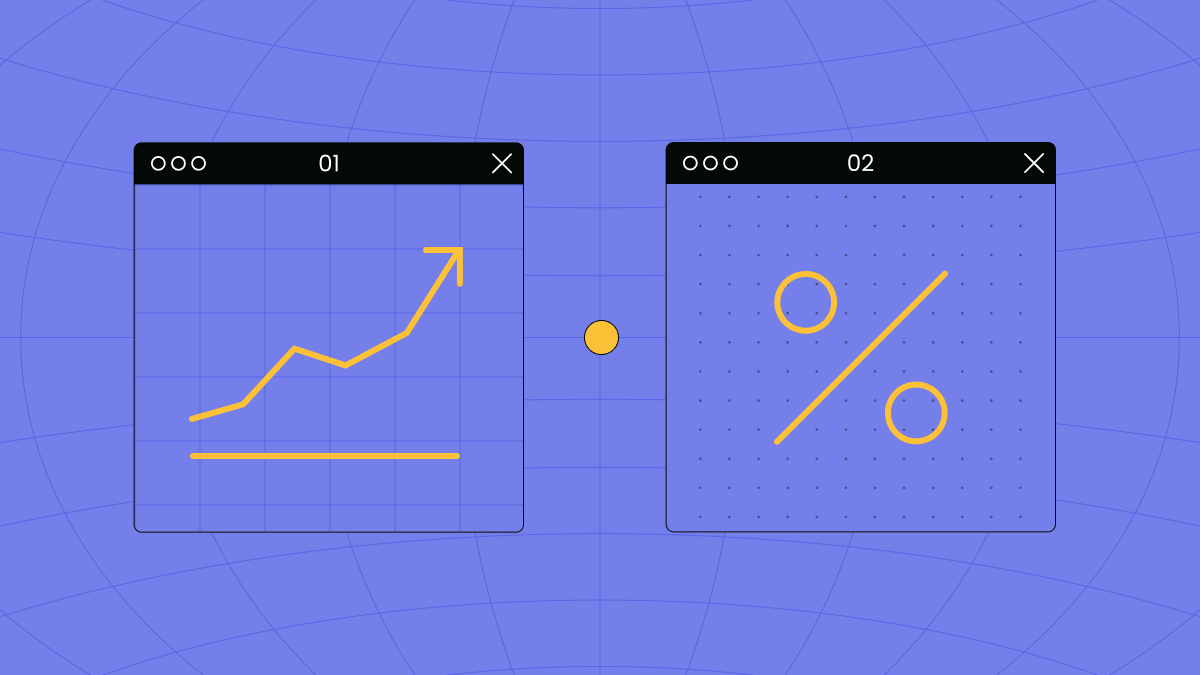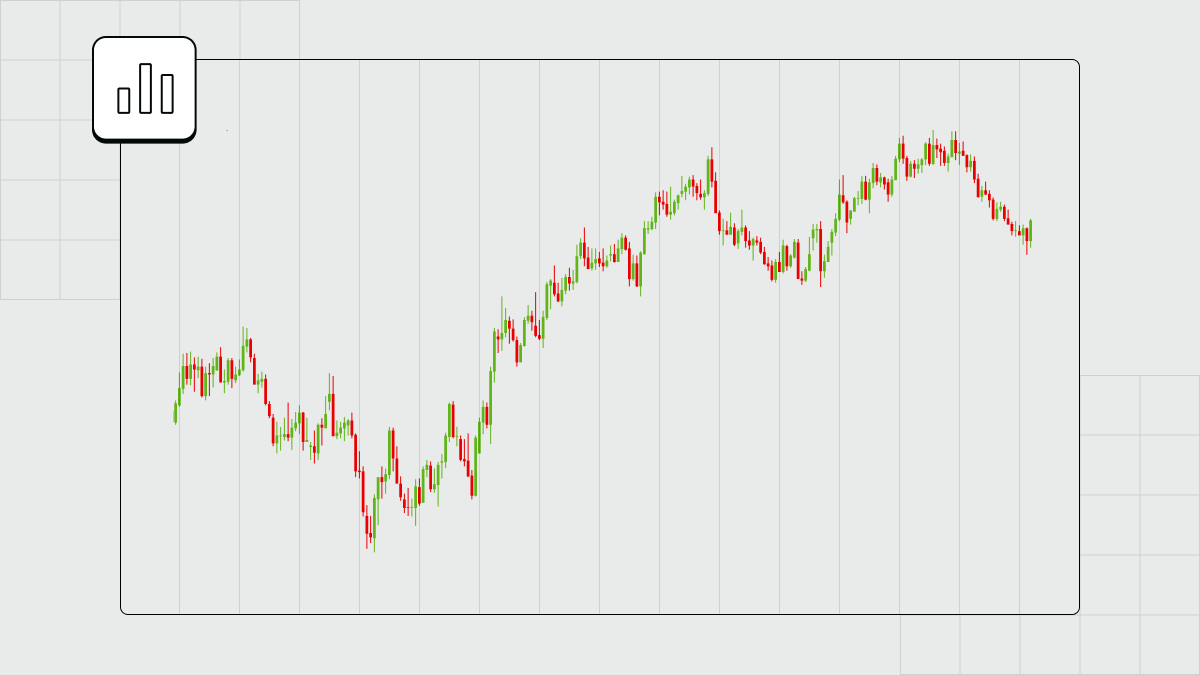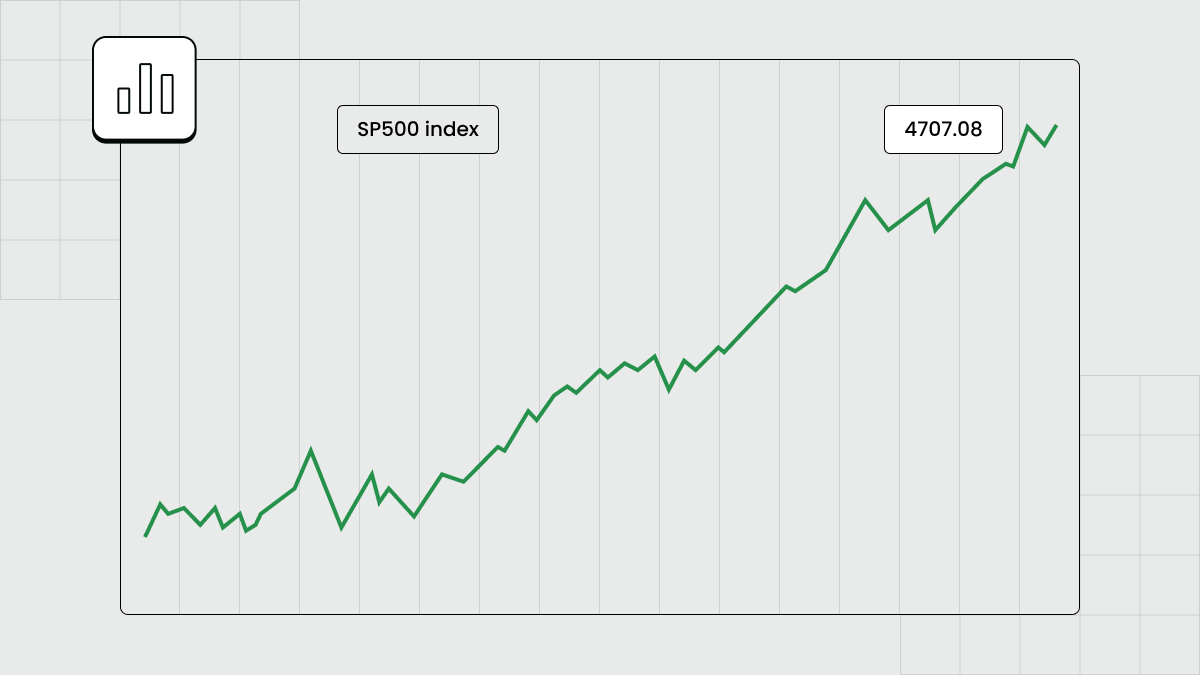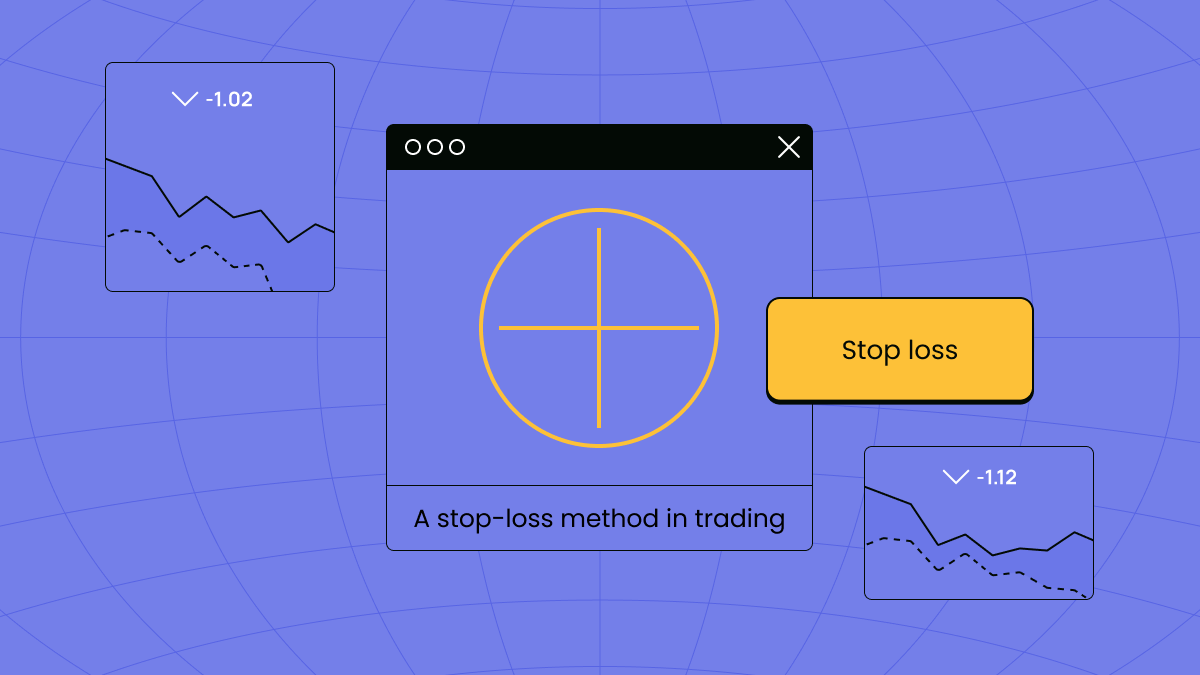Two Ways to Win in Trading

Two approaches to trading
Forex trading is complex and challenging. Numerous and various market participants constantly contemplate how to be successful in trading, developing a multitude of winning forex strategies and techniques in an attempt to achieve trading success. Despite the diversity, the ultimate goal remains the same for everyone – generating profits from market movements. That’s why all trading approaches can be roughly categorized into two broad methods: trading against the trend and trend trading.
Key takeaways
- Trends tend to persist rather than reverse.
- Market trends can last for a very long period of time, sometimes even months and years.
- Predicting trend reversals is difficult and requires careful analysis, experience, and a deep understanding of market dynamics.
- Traders use stop loss to minimize risks and potential losses.
Trading against the trend
Trading against the trend can be tempting for some traders, especially when they believe that a market is due for a reversal and more trading opportunities. However, trends tend to persist rather than constantly reverse, making it more profitable to follow the trend.

To illustrate this point, let’s consider an example. Imagine a currency pair that has been steadily increasing in value over the past few months. While there may be moments of minor pullbacks, the overall trend is upward. By trading with the trend and buying when the pair is on an upward trajectory, traders can increase their chances of making profitable trades.

The allure of trading against the trend lies in the potential for substantial profits when a reversal occurs. However, predicting trend reversals is very difficult and requires careful analysis, experience, and a deep understanding of market dynamics. This is challenging even for experienced traders. In general, going against the trend is not considered by many as a winning trading strategy and is more likely to result in missed opportunities for profit.
Understanding trend trading
The foundation of trend trading, on the other hand, lies in the belief that existing trends are more likely to continue than to reverse, i.e., markets have a tendency to move in a specific direction for a sustained period. Sometimes, market trends can last even for months and years. For example, the American US500 index has been on an uptrend for over 100 years. Therefore, trying to predict a trend reversal is a bad idea. That’s why trend traders enter positions in the direction of the established trend and ride the momentum for as long as it persists, whether it is upward (bullish) or downward (bearish).

To spot patterns and determine the strength and duration of a trend, forex traders often use technical indicators, chart patterns, and other analytical tools.
Generally, understanding the current trend helps make informed decisions about when to enter and exit trades, and it is suitable for both short-term and long-term trading, as it allows traders to align their trades with the overall market direction.
Additionally, trend trading is generally considered a more straightforward strategy for traders, especially those who are new to the market. It is considered correct to wait for a price correction during an uptrend and then buy. This way, you can follow the trend and not try to predict its reversal. However, it is essential to recognize that no strategy guarantees trading success.
A stop-loss method in trading
Regardless of the chosen trading approach, risk management is a critical aspect of trading success. To mitigate potential losses, traders use a stop-loss method. It is a predetermined level at which a trader will exit a losing trade automatically when a trading instrument reaches a specific price.

Attempting to trade without a stop loss is akin to navigating treacherous waters without a life jacket. Only seasoned professionals with an in-depth understanding of risk and market behavior might consider such a risky approach. For the majority of traders, using a stop loss is not just a recommendation; it’s a necessity.
Stop-loss orders serve three primary purposes. Firstly, they protect traders from catastrophic losses when the market moves against them beyond a predetermined point. Secondly, they free traders from the emotional burden of decision-making during adverse market conditions. Emotions like fear and greed can cloud judgment, leading to impulsive and irrational decisions. Thirdly, a well-placed stop loss removes the need for constant monitoring and allows traders to adhere to their predefined risk tolerance.
Implementation of stop-loss strategy in trading
Implementing an effective stop-loss strategy involves a combination of technical analysis, risk assessment, and discipline. Here is a short guideline on using a stop-loss order:
- Identify support and resistance levels: Use technical analysis on price charts to identify significant support and resistance levels. These levels can act as potential areas for setting stop-loss orders.
- Consider volatility: Adjust the distance of the stop loss from the entry point based on market volatility. A wider stop loss may be necessary in highly volatile markets to account for more significant price fluctuations.
- Set risk-reward ratio: Determine the potential reward for a trade relative to the risk involved. This helps ensure that potential profits outweigh potential losses. For example, if targeting a 2:1 risk-reward ratio, the stop loss would be set at a level where the possible loss is half of the anticipated gain. In this case, a trader only needs to make a profit on 40% of trades to be profitable because the reward is two times greater than the potential loss.
- Use trailing stop loss: Consider using a trailing stop loss, which adjusts dynamically as the price moves in favor of the trade. This allows traders to capture more significant gains and trading opportunities while protecting profits if the market reverses. However, trailing stop loss can sometimes be triggered too early when the volatility is high. Trader stays without a deal and the price moves on without them.
By implementing a stop-loss strategy, traders can effectively manage risk and increase their chances of profitable trades. It provides a structured approach to trading and helps traders stay disciplined in their decision-making process.
Bottom line
Remember, there is no one-size-fits-all strategy and specific ways to win in trading. Each trader must find an approach that aligns with their skills, risk tolerance, financial goals, and level of experience. As with any financial endeavor, continuous learning, adaptability, and disciplined execution are key elements for trading success in the challenging world of trading.
FAQ
Is it good to trade against the trend?
Trading against the trend is one of the ways of trading that is generally not recommended for most traders as it goes against the prevailing market direction and can be risky. Trends tend to persist, that’s why following the trend increases the probability of profitable trades. However, experienced traders who employ advanced strategies and thoroughly understand market dynamics may occasionally trade against the trend to capitalize on market reversals. In general, there are no winning forex strategies.
What is the most profitable trading strategy?
There is no one-size-fits-all answer to the most profitable or winning trading strategy, as it depends on various factors such as market conditions, trader expertise, and risk tolerance. However, many traders find success with trend-following strategies. By entering trades in alignment with the prevailing trend, traders can increase the probability of profitable positions. Combining trend-following strategy with proper risk management techniques, such as setting stop-loss orders, is essential to maintain better control over the result.
How does stop-loss work in trading?
A stop-loss order is a risk management tool used in trading to limit potential losses. It involves setting a predetermined price level at which a trade will be automatically closed, cutting any further losses. By implementing a stop-loss order, traders can protect their capital and prevent significant losses. It is crucial to regularly review and adjust the stop-loss order as the trade progresses to adapt to changing market conditions.
What is the 2% rule in trading?
The 2% rule in trading refers to a risk management strategy that suggests risking no more than 2% of one’s trading capital on any single trade. By adhering to this rule, traders can limit their potential losses and protect their overall capital. For example, if a trader has $10 000 in capital, they should not risk more than $200 (2% of $10 000) on a single trade. Following the 2% rule helps maintain consistency in risk management and prevents excessive exposure to potential losses.
What is the 1% rule of trading?
The 1% rule of trading is a risk management principle that suggests risking no more than 1% of one’s trading capital on a single trade. This rule is similar to the 2% rule but provides even more conservative risk management. By limiting the risk exposure to 1% of the trading capital, traders can protect their accounts from significant losses and maintain consistency in their overall trading strategy. Adhering to the 1% rule is important to preserve capital and manage risk effectively.
What are the two ways of trading?
The two broad approaches to trading are trading against the trend and trend trading. Trading against the trend involves predicting reversals in the market direction, while trend trading aligns with the prevailing market direction, aiming to ride the momentum.
Is it possible to trade without using a stop loss?
While it is technically possible, trading without a stop-loss strategy is highly discouraged. It exposes traders to unlimited losses and undermines sound risk management principles.
How do I determine the appropriate distance for a stop loss?
The distance for a stop loss in trading depends on factors such as market volatility, the timeframe of the trade, and individual risk tolerance. A common method is setting the stop loss beyond key support or resistance levels.
What is a trailing stop loss?
A trailing stop loss in trading is an order that adjusts dynamically with the price movement. As the trade becomes more profitable, the stop loss automatically tightens, securing gains while allowing for potential further upside.
Can stop-loss orders guarantee no losses?
Stop-loss orders cannot guarantee zero losses, but they are a risk management tool designed to limit losses to a predetermined level. Market conditions, slippage, and gaps can impact the effectiveness of stop-loss orders.




